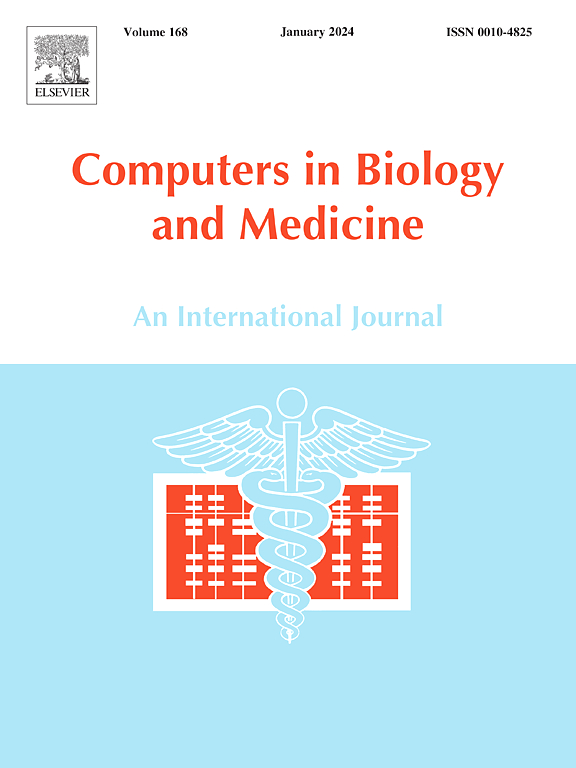基于图像的机器学习模型蚊虫识别与分类的趋势与进展
IF 7
2区 医学
Q1 BIOLOGY
引用次数: 0
摘要
蚊子传播的疾病,如黄热病、登革热和寨卡病毒,对全球健康构成重大威胁,每年造成数百万人死亡。传统的蚊子鉴定方法依赖于专家分析,耗时且资源密集。机器学习(ML)已经成为一种变革性的解决方案,能够快速准确地识别和分类物种。最近的研究利用形态学特征,如翅膀和身体结构,来确定物种、性别和年龄。这些创新旨在彻底改变病媒控制策略,使其更快、更准确和更容易获得。本文对基于ml的蚊虫鉴定研究进行了系统评价,强调了其优势、局限性和贡献的地理差异。数据收集自b谷歌Scholar、PubHub、IEEE explore和ScienceDirect(2000-2024),在最初的1050篇论文中,有52篇研究符合纳入标准。这篇综述的一个关键亮点是特征提取技术在通过捕获细粒度形态特征来实现高分类精度方面的作用。研究结果还揭示了阻碍现实应用的关键限制。这些包括有限的数据集多样性,跨设备的不一致的预处理实践,所有这些都降低了模型在不同环境中的泛化性。此外,某些物种之间的高计算需求和形态相似性对机器学习模型的可扩展性和鲁棒性提出了挑战。为了解决这些差距,可以采取措施,如扩大注释和多样化的数据集,投资于低资源模式部署战略,以及支持非洲主导的研究倡议,以确保更具包容性和与环境相关的蚊子监测系统。本文章由计算机程序翻译,如有差异,请以英文原文为准。
Trends and advances in image-based mosquito identification and classification using machine learning models: A systematic review
Mosquito-borne diseases, such as Yellow fever, Dengue, and Zika, pose a significant global health threat, causing millions of deaths annually. Traditional mosquito identification methods, reliant on expert analysis, are time-consuming and resource-intensive. Machine Learning (ML) has emerged as a transformative solution, enabling rapid and accurate species identification and classification. Recent studies leverage morphological features, such as wings and body structures, to determine species, sex, and age. These innovations aim to revolutionize vector control strategies, making them faster, more accurate, and widely accessible. This systematic review evaluates ML-based mosquito identification research, highlighting its strengths, limitations, and geographic disparities in contributions. Data was collected from Google Scholar, PubHub, IEEE Xplore, and ScienceDirect (2000–2024), with 52 studies meeting the inclusion criteria out of an initial pool of 1,050 papers. A key highlight of this review is the role of feature extraction techniques in achieving high classification accuracy by capturing fine-grained morphological traits. The findings also reveal critical limitations that hinder real-world applicability. These include limited dataset diversity, inconsistent preprocessing practices across devices, all of which reduce the generalizability of models in varied environments. Furthermore, high computational requirements and morphological similarities between certain species challenge the scalability and robustness of machine learning models. To address these gaps, measures such as expanding annotated and diverse datasets, investing in low-resource model deployment strategies, and supporting African-led research initiatives can be utilized to ensure more inclusive and context-relevant mosquito surveillance systems.
求助全文
通过发布文献求助,成功后即可免费获取论文全文。
去求助
来源期刊

Computers in biology and medicine
工程技术-工程:生物医学
CiteScore
11.70
自引率
10.40%
发文量
1086
审稿时长
74 days
期刊介绍:
Computers in Biology and Medicine is an international forum for sharing groundbreaking advancements in the use of computers in bioscience and medicine. This journal serves as a medium for communicating essential research, instruction, ideas, and information regarding the rapidly evolving field of computer applications in these domains. By encouraging the exchange of knowledge, we aim to facilitate progress and innovation in the utilization of computers in biology and medicine.
 求助内容:
求助内容: 应助结果提醒方式:
应助结果提醒方式:


